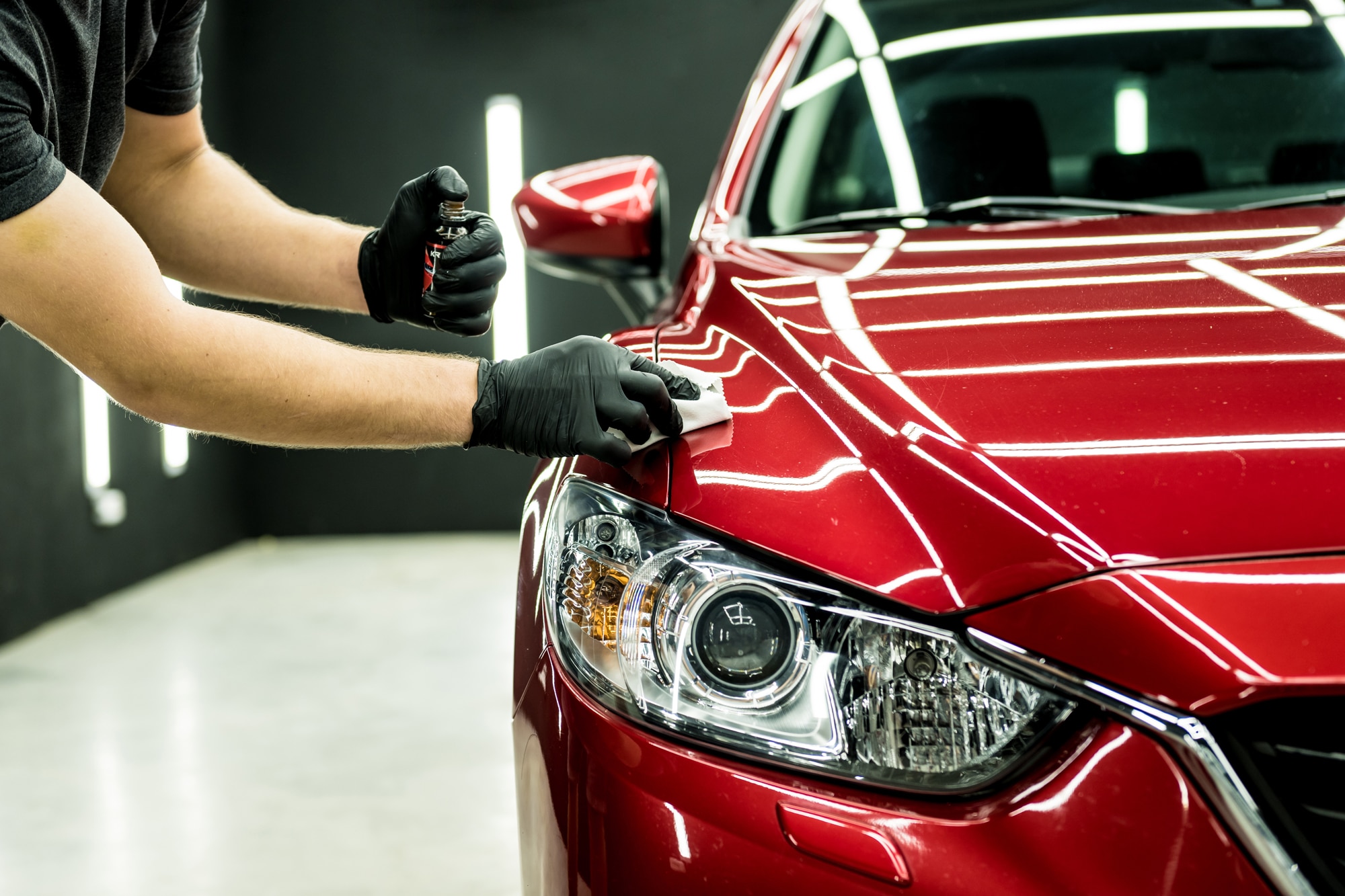A Comprehensive Guide to the Kinds Of Ceramic Finishing on the Market
Ceramic finishes have actually arised as an essential option across various markets due to their one-of-a-kind residential or commercial properties and applications. As we check out the unique features and applications of these coatings, the ramifications for efficiency and longevity become significantly obvious, elevating concerns concerning which type could ideal suit your needs.
Comprehending Ceramic Coatings
Ceramic coatings are sophisticated protective remedies that have actually acquired appeal in various industries, specifically in vehicle and aerospace applications. These layers contain a fluid polymer that, when treated, creates a resilient, hydrophobic layer externally of the substratum. This layer gives boosted resistance to environmental pollutants, UV radiation, and chemical exposure, thus extending the life and aesthetic appeal of the underlying material.
The basic element of ceramic coatings is silica, which contributes to their hardness and resilience. The application procedure generally entails surface preparation, application of the finishing, and healing, which can be achieved through heat or UV light. As soon as treated, ceramic coverings display outstanding bonding buildings, allowing them to stick highly to a selection of surfaces, consisting of steels, plastics, and glass.
Along with their safety attributes, ceramic coatings also provide simplicity of maintenance. Their hydrophobic nature lowers the adherence of dirt and grime, making cleansing less complex and much less constant. Overall, the fostering of ceramic coverings stands for a substantial development in surface area protection innovation, supplying both practical and aesthetic benefits across numerous fields.
Kinds Of Ceramic Coatings
Numerous kinds of ceramic finishings are available, each designed to meet particular performance demands and applications - Car Detailing. The most typical kinds consist of:
Silica-based Coatings: These coatings mostly contain silicon dioxide and are understood for their sturdiness and chemical resistance. They are extensively utilized in auto and industrial applications.
Titanium Dioxide Coatings: Distinguished for their photocatalytic properties, titanium dioxide coverings are commonly applied in settings where self-cleaning and antifungal residential or commercial properties are desirable, such as in building products and vehicle surfaces.
Zirconia Coatings: Characterized by their high-temperature security and thermal resistance, zirconia coverings are used in applications such as generator engines and high-performance automotive parts.
Alumina Coatings: Exhibiting superb firmness and thermal stability, alumina finishes are regularly used in wear-resistant applications, consisting of cutting devices and commercial equipment. - scratch repair sarasota
Hybrid Coatings: Incorporating the properties of numerous materials, crossbreed finishings use improved efficiency qualities, making them appropriate for unique and demanding applications.
Each kind of ceramic layer serves distinctive functions, permitting users to choose one of the most ideal remedy based on details ecological problems and efficiency demands.
Advantages of Ceramic Coatings
Ceramic coatings, in certain, offer various advantages that make them progressively popular among manufacturers and consumers alike. These finishings are immune to scrapes, chemicals, and UV rays, making certain that the underlying surface area stays protected over time.
In addition to resilience, ceramic layers provide excellent hydrophobic residential or commercial properties, permitting very easy cleansing and maintenance. This water-repellent nature lessens the adherence of dust, grime, and various other pollutants, which can lengthen the aesthetic allure and functionality of the surface area. Ceramic finishes can substantially boost thermal resistance, making them suitable for applications that sustain high temperature levels.

Application Process
When using ceramic coatings, a meticulous approach is necessary to attain optimal results. A clean surface area guarantees appropriate attachment of the finishing.
As soon as the surface is prepped, the following action is to apply the ceramic finishing. The covering needs to be applied in slim layers, as thicker applications can lead to uneven finishes.
After application, the covering have a peek at these guys needs a details curing time, usually varying from a couple of hours to a full day, depending on the product. Adhering to these steps vigilantly will take full advantage of the efficiency and longevity of the ceramic layer, supplying a long lasting protective layer for the surface area.
Upkeep and Durability
To ensure the long life and efficiency of a ceramic finishing, regular upkeep is important. Ceramic layers, understood for their sturdiness and safety high qualities, call for particular treatment routines to optimize their life expectancy and performance.
Along with regular cleaning, regular evaluations are important. Seek signs of wear or damage, such as hydrophobic properties reducing or surface imperfections. If required, a light polish may be related to invigorate the coating without stripping it away.
In addition, the application of a booster spray can enhance the finishing's hydrophobic impacts and recover its gloss. This is specifically useful for finishes that have remained in use for an extensive period. Ultimately, by adhering to these maintenance techniques, one can substantially prolong the life of a ceramic finish, making certain that it remains to give ideal defense against ecological variables and keep the aesthetic appeal of the car.
Final thought
